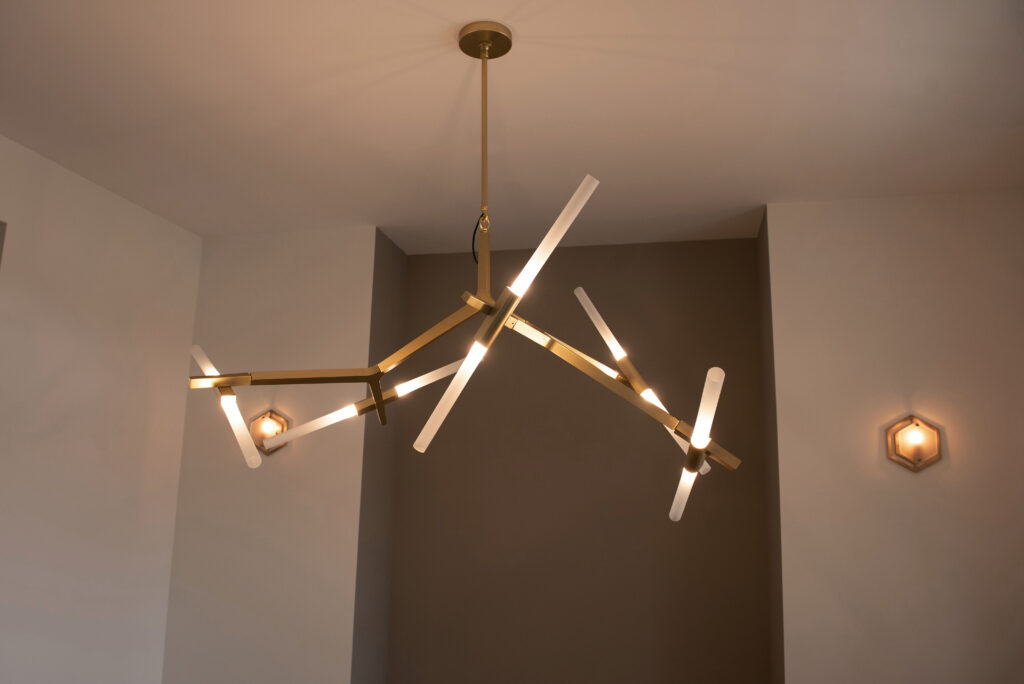Living is easy when your home helps you cook, clean, and stay safe. From home security to vacuuming robots, smart homes are becoming increasingly more popular. With the growing numbers of smart devices and systems, it can be daunting to decide which smart devices to incorporate in your living space. To help you decide what’s best for you, we’ve outlined the basics to get started.
Wi-Fi Matters
Before you begin your smart home set-up, you will need to be sure that you have a reliable Wi-Fi connection in your home. Most, if not all, of your smart devices will require Wi-Fi. Wi-Fi has multiple different frequencies; the most important two are: 2.4 GHz and 5 GHz. 2.4 GHz allows for a larger range, while 5 GHz has a shorter range but faster speed. Your smart devices will be able to operate under both frequencies. Once you choose your frequency, consider where you will set up your router. You will want it in a central location to optimize your network connection. Lastly, be sure to pick a unique Wi-Fi password; it is best to use a new password. Remember to write down your password for easy access if you forget it or a guest needs it.
Safety First
Perhaps the most popular way to incorporate technology into your home is through smart security systems. From cameras to timed lights to smart locks, technology is making it easier for homeowners to feel safe in their homes. The most popular security devices include: smart locks (these allow you to control your locks from your phone), smart doorbells (these allow you to see and speak with someone who is at your door), and lastly, indoor and outdoor security cameras (these allow you to safely monitor activity inside and outside your home). Incorporating these technologies will provide additional safety measures while you are at home, and they will help you monitor your living space when you are not.
Pick Your Virtual Assistant
Now that you have the outdoor perimeter secured, it is time to consider what technology can do within your indoor living space. One of the first smart devices that many purchase is a virtual assistant. A virtual assistant is a device that can help you create grocery lists, order items online, set reminders and alarms, listen to music, and so much more. There are three main virtual assistant options to choose from: Apple’s Siri, Google Assistant, or Amazon’s Alexa. As you decide which one is best for you, take into consideration your personal smart devices. While Amazon and Google are compatible with all personal smart devices, Apple will only work with Apple devices. Additionally, you will want to consider the pros and cons of each device. Google, for example, is considered the smartest of the three assistants; however, there are less smart home products that support Google than the other two options. Alexa is the most affordable, but has trouble responding to some requests. Lastly, Siri takes extra measures to ensure your privacy, but does not always understand what you ask it to do.
Putting it all Together
With your chosen virtual assistant, discover the different ways it can assist you. Most commonly, homeowners use their virtual assistants to control the lights inside and outside of their houses; to activate their plug-in devices such as fans, espresso machines, and water kettles; to control thermostat temperature, TV devices, and even vacuums. Smart home technology allows for continuous home customization. Anything and everything can be precisely how you want it.
With the ongoing advancements in technology, smart home devices are only going to get smarter and more helpful. If you are interested in home customization, contact Paul Gray Homes at 316-990-0000 and speak to a professional to get started.
